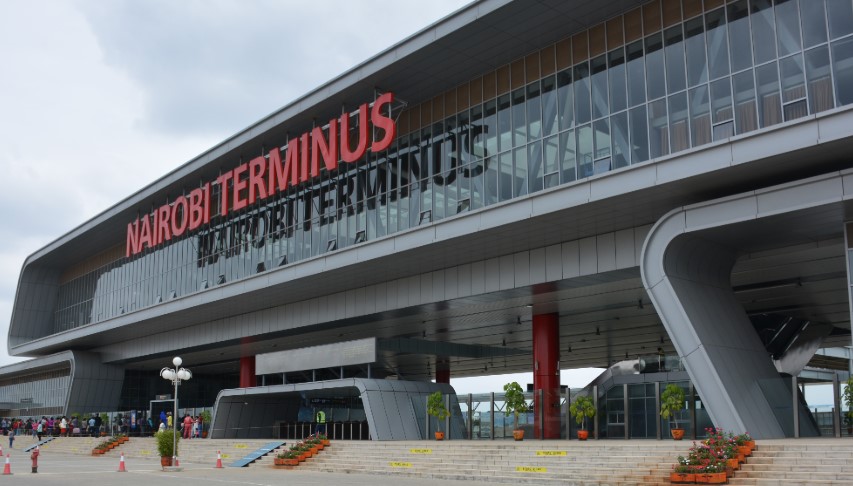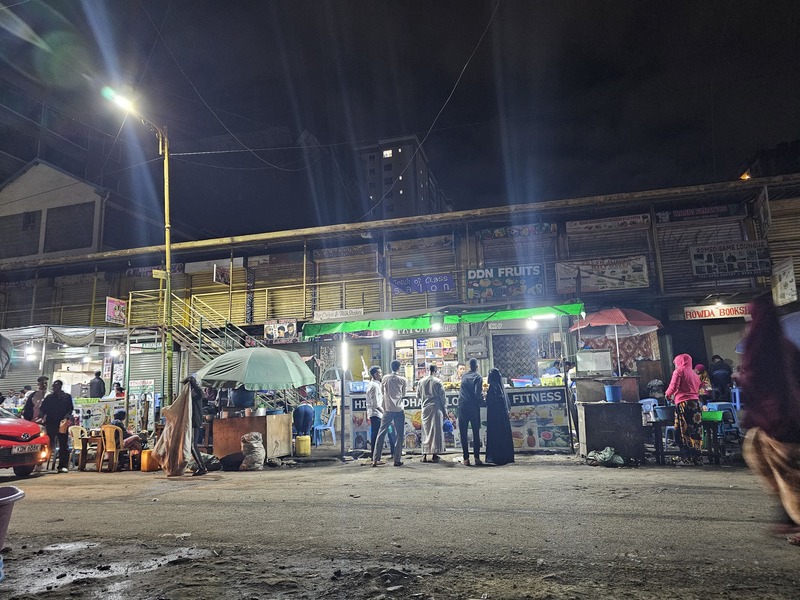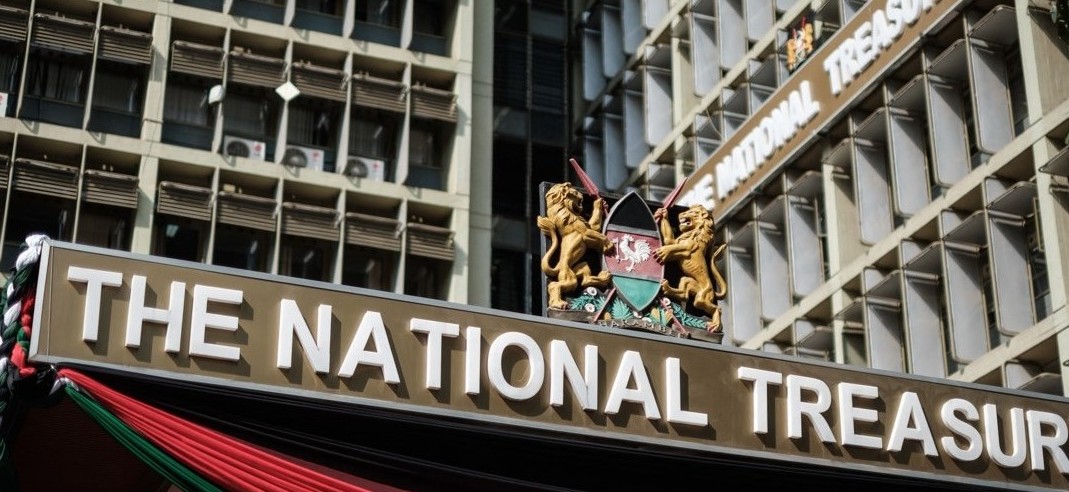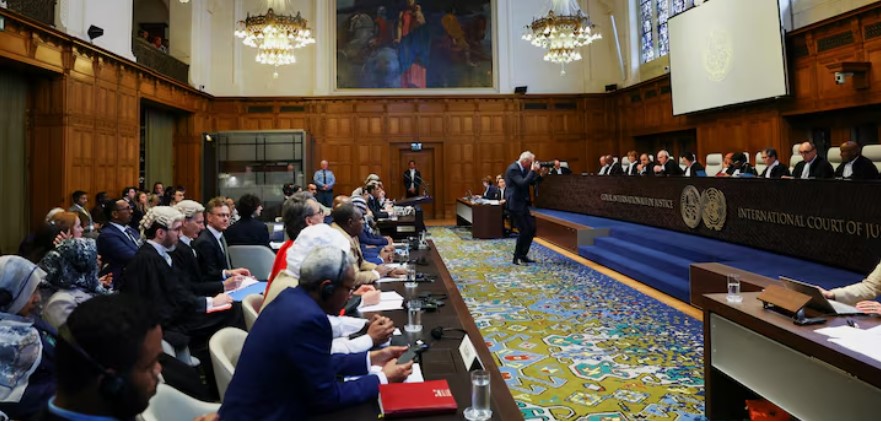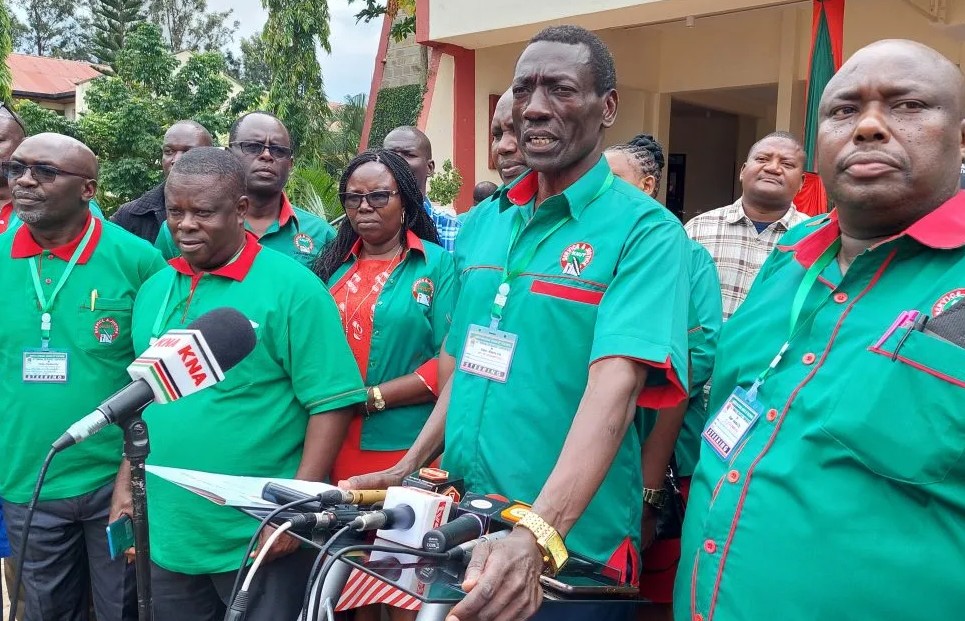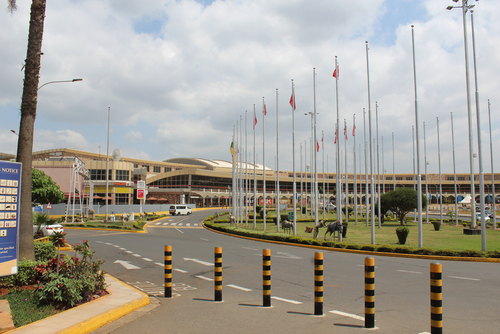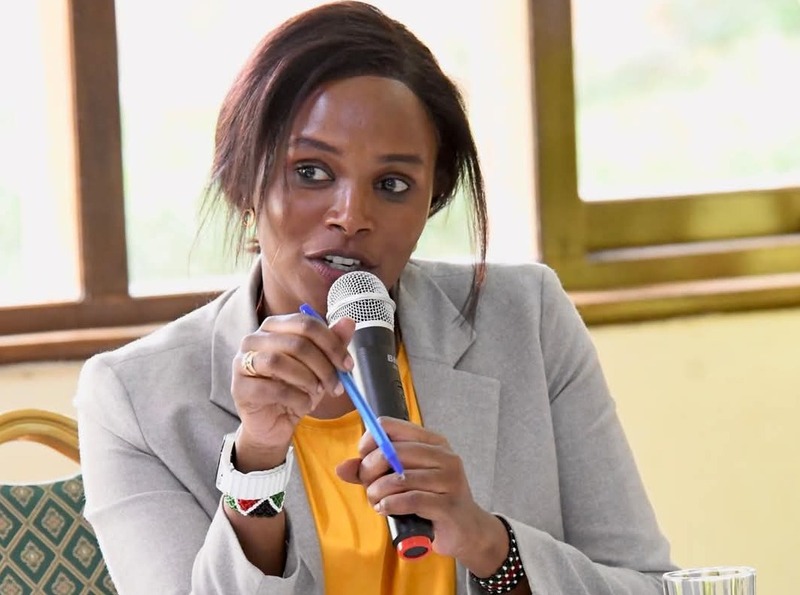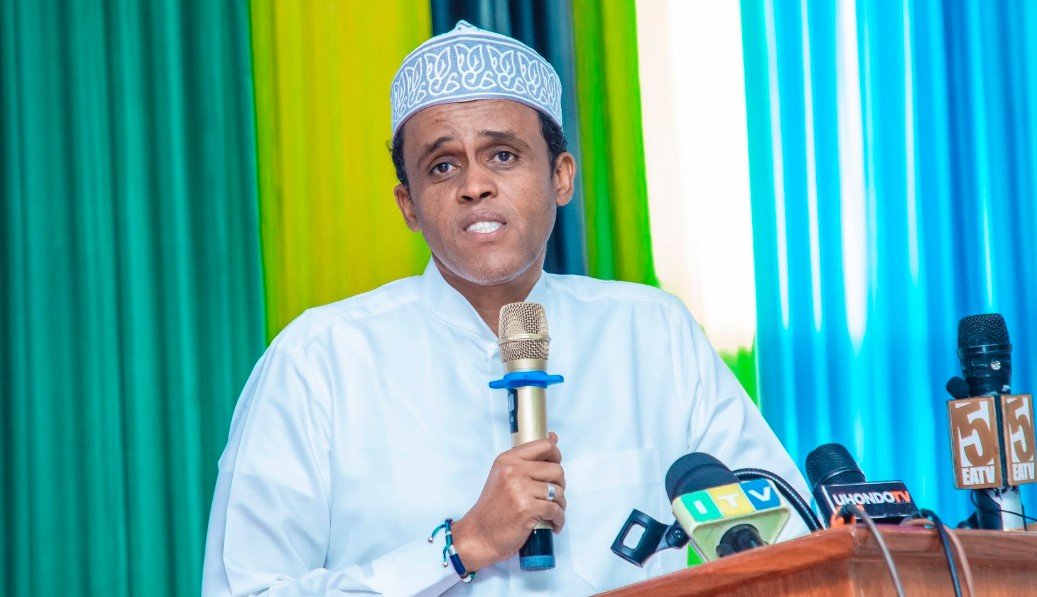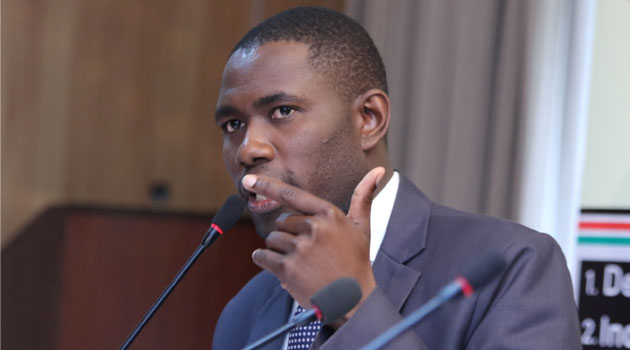Conflict of interest: Insider deals and offshore companies behind Kenya’s high energy costs
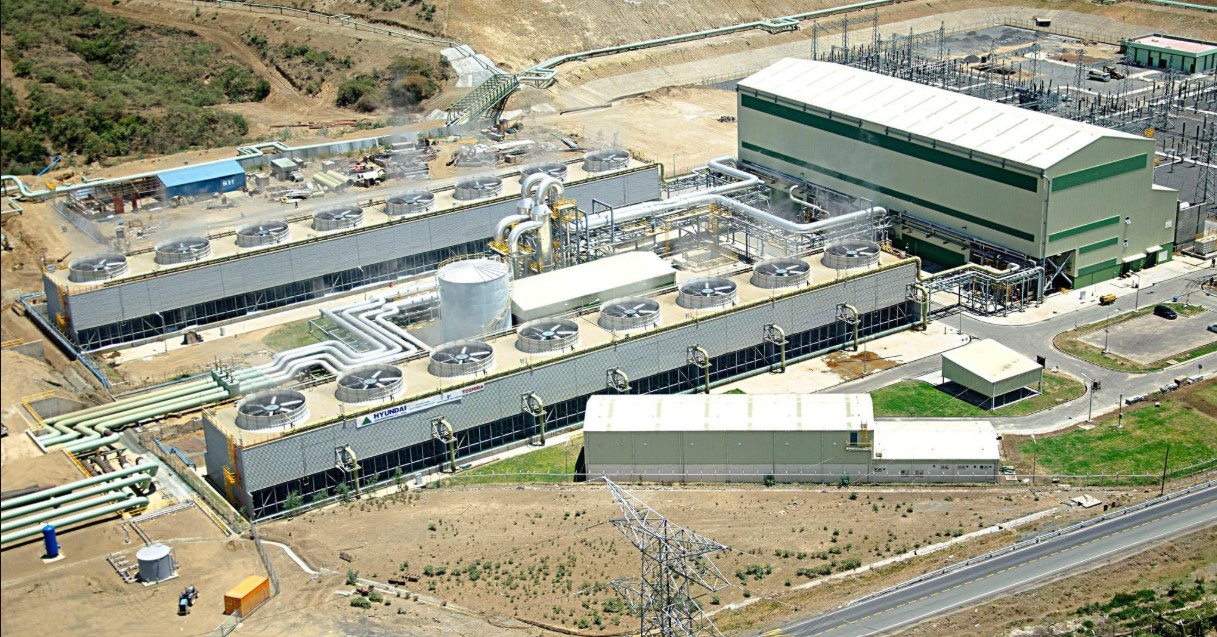
Kenya generated 1,085 GWh of electricity in January 2025, 26 GWh more than in December, unlike the late 1990s, when political turmoil and an aid embargo under President Moi hindered output.
Independent power producers (IPPs) joined Kenya’s electricity grid in 1996, introduced as a response to power rationing. Rather than benefiting consumers, new evidence raises serious questions about a possible conflict of interest.
Due in part to the contracts that favour these IPPs, consumers have had to pay for the electricity they generate, even when the power itself is not supplied to the power grid. As a result, power bills remain high.
More To Read
- E-mobility drive: Kenya Power to install 45 EV charging stations across six counties
- Mombasa, Kilifi and Kwale among regions to be affected by planned power blackouts
- Senate moves to unmask power firm owners amid rising electricity costs
- Kenyans consume more power than ever as production reaches all-time high
- President Ruto assents to bill removing excise duty on imported transformers
- Kenya Power procures 3,319 transformers from local manufacturers to clear customer backlog
One of these companies is Triumph Power Generating Company, which previously had offshore ownership in the British Virgin Islands. An open-source investigation into the highly secret contracts between IPPs and Kenya Power raises questions about costly clauses that increase pressure on electricity bills and Kenya’s debt burden through World Bank guarantees, profiting a few at public expense.
***
Gwendolyne, a human resource consultant living in Nairobi, is a fully remote worker. As such, her home doubles up as her office, and she has had to keep an eye on the price of electricity, which she notes has increased significantly over the years.
“I remember last year at a time like this, I was spending around Sh1,500 to Sh2,000 per month. Now I work with a monthly bill of Sh4,000, which I think is too high,” she recalls.
As a result, she says she has to forego energy-consuming habits, like using an electric kettle to boil water for tea, and using an electric instant shower.
Despite this, her electricity bill still hasn’t reduced. Her sentiments mirror those of millions of Kenyan households.
Kenya’s electricity consumption has grown in leaps and bounds, as the economy experienced massive growth, from the stagnation of the Moi years to recovery and a dramatic turnaround during the regimes of presidents Mwai Kibaki and Uhuru Kenyatta. This economic expansion has been a double-edged sword, however.
Whilst Kenyans have lifted themselves out of poverty, the country has become even more saddled with a ballooning debt burden, and a corrupt political class whose actions have reversed these gains, to the point where some of the economic policies being put in place by president William Ruto have triggered the biggest protests the country has seen in recent history.
Necessity for businesses, households
Electricity, which has played a crucial role in the expansion and diversification of the economy, is a necessity for businesses and households across the country.
With increased access to power comes the promise that initiatives to increase Kenya’s industrial output, transform into a 24-hour economy and improve the lives of Kenyans all over the country will become a reality.
However, this power has to be generated, transmitted and made accessible, and there are parastatals at each of these stages, which are prone to corruption and mismanagement, and which in turn facilitate the transfer of money from ordinary Kenyans’ pockets to some of the most notorious tax havens around the world.
As a result, Kenyans are paying more for power and getting less value for their money in return.
Historical background
Kenya generated 1,085 GWh of electricity in January 2025, 26 GWh higher than in December 2024. This wasn’t the case in the late 1990s, when Kenya was recovering from a tumultuous political atmosphere and an aid embargo under the late President Daniel Moi.
Additionally, Kenya’s primary source of electricity at the time was the Seven Forks dams, a series of hydroelectric dams and power plants on the lower Tana River.
In the late 1990s, droughts, which had become quite severe and persistent, crippled the hydroelectric power plants, leading to frequent power outages that affected the economy, necessitating the introduction of power rationing.
To mitigate this, the government of Kenya sought for private investment to boost energy production, thus introducing the first IPPs in 1996 and 2012.
The power supplied by one diesel IPP, Triumph Power Generating Company (TPGC) in 2024, compared with payments made by Kenya Power to the company for energy charges, makes it the most expensive power plant on the grid at Sh156 per unit of electricity. The remaining diesel power producers all average at about Sh57.
TPGC’s electricity costs are over two and a half times higher than those of comparable thermal producers. This might be due to contractual agreements, but also the complex nature of energy as a product. World Bank documents from 2012 detailing the contracts between TPGC and Kenya Power state that the company sells 1 unit (kWh) of electricity at Sh29.90 ($ 0.23).
To understand the existence of TPGC, a brief historical perspective of Kenya’s energy sector is crucial.
Surplus energy supply
Firstly, Kenya has a surplus energy supply and a diverse renewable and thermal energy mix, comprising 70.6 per cent and 29 per cent, respectively.
However, this surplus has not translated into lower energy costs or universal access. Instead, high tariffs and underutilised capacity have persisted.
This paradox—where abundant supply coexists with affordability and access challenges— prompted the government and stakeholders to explore new mechanisms for optimising energy use and distribution.
While their overt aim was to create market-based incentives to align energy production with market needs, what resulted was a system where the independent generators got preferential treatment, even when cheaper, more environmentally friendly solutions – geothermal and wind – were being brought onstream.
Between 2012 and 2013, four IPPs were added to the grid alongside TPGC: Gulf Power Limited, Thika Power, and Orpower. Of these four, Orpower was the only geothermal plant. All four projects were estimated to cost $623 million (Sh80.5 billion) with equity and debt financing from commercial banks and World Bank instruments for each project.
TPGC’s plant costs $157 million (Sh20.3 billion), $118 million (Sh15.2 billion) of which is debt from the Standard Bank of South Africa, with a maturity of 15 years.
In its lifetime, the project was estimated (In 2012) to yield over €159 million in shareholder dividends. According to an agreement noted in an internal World Bank Group document from January, all three thermal plants were operational by the end of 2013, as confirmed using satellite imagery.
In 2021, eight years after their commissioning, and in response to public anger over the high cost of electricity, a presidential task force was set up to review the terms of all power purchasing agreements (PPAs) entered into between Kenya Power and the IPPs.
One of the recommendations of the task force was that Kenya Power disclose the beneficial ownership of the IPPs it had engaged with. Following further public scrutiny, former President Uhuru Kenyatta placed a moratorium on all PPAs that were in the pipeline during these investigations.
Triumph’s ownership
While appearing before the National Assembly Energy committee, former Attorney General Justin Muturi revealed that his office was not consulted when the government entered PPA agreements, and he called for the beneficial ownership to be revealed by the Registrar of Companies. In its published report in 2023, the Senate Standing Committee on Energy included the names of the beneficial owners of all IPPs, including TPGC.
The committee concluded that TPGC is “wholly Kenyan”, a conclusion evidenced by a list of six shareholders who all owned 490,329 shares in the company.
However, between 2012 and 2023, the TPGC was controlled by a complex network of individuals and shell companies registered in the United Kingdom and the British Virgin Islands.
According to the World Bank, it was owned by one family whose “principal shareholder” is Abdirahman Haji Abass. Before the committee report in September 2023, a CR12 document filed by Triumph Power Generating Company, which lists a company’s legal name, as well as the names and shareholdings of each shareholder, shows that 99.9999 per cent of it was owned by a separate company, Triumph Group Limited, with the remaining 0.00007 per cent owned by Ahmed Rufa Abdirahman Haji Abass and Mohamed Anwar Abdirahman Haji Abass.
Triumph Group Limited had the majority of its shares controlled by other companies, including two offshore entities. Two companies registered in Kenya, Tecaflex and Interpel controlled 15 per cent each, Nihad Abdirahman Haji Abass and Abdikhani Abdi Rahman Haji Abass equally owned 5 per cent. The remaining 60 per cent was owned by two offshore shell companies, Southern Intertrade Limited and Broad Holding Limited, with 20 per cent and 35 per cent respectively. Southern Intertrade Limited is registered in the British Virgin Islands (BVI) and Broad Holding Limited, the United Kingdom; both the United Kingdom and BVI are widely considered secrecy jurisdictions often used to launder proceeds from illicit activity.
Possible conflict of interest
Analysis of the beneficial ownership records of the offshore network at the time revealed that one family with the surname Abass seemingly controlled the whole enterprise.
One individual, Faisal Abdirahman Abass is listed as a beneficial owner of Southern Intertrade Limited and the locally registered Tecaflex.
Faisal Abdirahman Abass described himself as a Mombasa-based businessman in an interview on Kenyan television when he was vying for the governorship of Mandera County in 2022. He describes himself on Facebook as having “served in several State Corporations and Parastatals between 2000 to date”, listing Kenya Electricity Generating Company (KenGen), Rural Electrification Authority (currently Rural Electrification and Renewable Energy Corporation), and Geothermal Development Corporation (GDC).
Born in 1965, Abass’s public service in the energy sector and his shares in Triumph Power raise conflict of interest questions.
Firstly, Abass was appointed and served on the board of the Agriculture Development Corporation for three years, starting November 2000, before he was again appointed to the board of directors of Kenya’s publicly-owned power generating company, KenGen, according to a gazette notice dated April 4, 2003.
At the time, KenGen owned thermal stations in Kenya, such as the Kipevu III Power Station and Kipevu I Diesel Plant. Electricity demand was projected to grow at an average annual rate of 5.6 per cent. By 2004, only 15 per cent of Kenya was electrified, with just 4 per cent of that population being rural.
Rural electrification
The Rural Electrification Authority (REA) was established to deliver electricity to rural areas following the tabling of Sessional Paper 4 on Energy of 2004, which recommended the establishment of a body mandated to “accelerate the pace of rural electrification in the country”.
After serving as a director at KenGen for three years, Abass was appointed as one of the first chairmen of the newly formed REA in June 2007. A year later, on October 23, 2008, Triumph Power Generating Company, company number C.163283, was registered.
Seven months later, in May 2009, Kenya Power invited interested entities to submit an expression of interest for a 60-80mw power plant in Athi River, and according to the committee report, TPGC responded with a proposal.
This is despite TPGC lacking any experience in energy generation in Kenya or beyond. TPGC was awarded the tender based on “their favourable financial evaluation as carried out by the KPLC valuation Committee”.
When TPGC submitted a successful offer in November 2009 and signed the PPA on June 14, 2014, Abass was both the chairman of REA and a beneficial owner of TPGC. The circumstances surrounding Abass’s chairmanship at REA, the only transmission authority aside from Kenya Power, and his obscured shareholding in TPGC, raise important questions about transparency and conflict of interest in the contract. In addition, the timeline leading up to the registration of TPGC and the EOI request and the subsequent winning proposal by TPGC might suggest prior knowledge, which potentially gave TPGC a winning edge in their submission.
Over seven years later, Abass was once more appointed by the then President Uhuru Kenyatta to be the chairman of the GDC on May 16, 2014, for a one-year term ending on May 19, 2015.
According to their website, GDC “is tasked with developing steam fields and selling geothermal steam for electricity generation to KenGen and private investors”.
Hidden stake
Abass had a hidden stake in a diesel IPP whilst being at the helm of the public company driving Kenya’s renewable energy ambitions. After his tenure, he was appointed as chairperson of the board of trustees of the Policy Holders Compensation Fund until January 2017.
Our efforts to reach Abass for comment on our findings have gone answered as at the time this article was published.
President Kenyatta in July 2022 appointed Abass to chair the Privatisation Commission– a position he still holds– at the height of Abass’s unsuccessful campaign to be Mandera governor in the 2022 general election on a Jubilee Party ticket. Uhuru Kenyatta was the Jubilee Party leader at the time.
Rufa Abadirahman Haji Abass, Faisal Abass’s relative who is also a shareholder of the company currently manages TPGC as director. TPGC was also accused by the Auditor General of irregular Heavy Fuel Oil tendering that cost consumers over Sh234 million between 2013, 2014 and 2019.
***
This story was produced with support from Code for Africa and funded by Deutsche Gesellschaft für Internationale Zusammenarbeit (GIZ).
Top Stories Today
